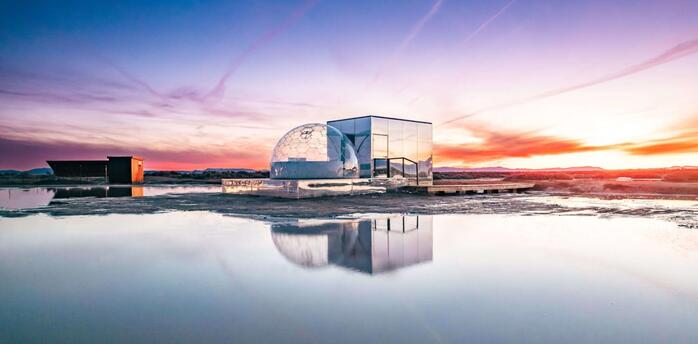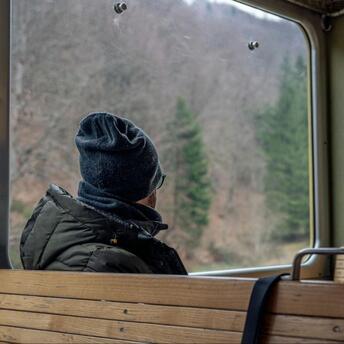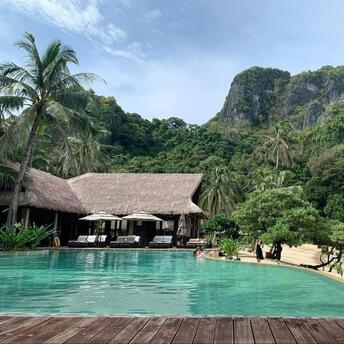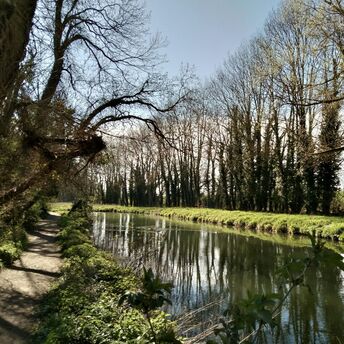Exploring Seoraksan National Park: South Korea’s Hiking Paradise
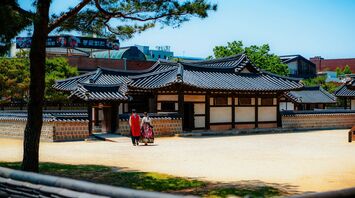
South Korea is home to a stunning array of natural landscapes, but few places capture the country’s untamed beauty as spectacularly as Seoraksan National Park. Nestled in the northeastern region of the Korean Peninsula, this UNESCO-listed site offers a haven for nature lovers and outdoor enthusiasts. Seoraksan, with its towering granite peaks, lush forests, and ancient temples, stands as one of South Korea’s most cherished national parks, attracting hikers from around the world eager to experience its challenging trails and breathtaking vistas. Whether you’re a seasoned mountaineer or a casual walker, Seoraksan promises an unforgettable journey through some of Asia’s most striking landscapes.
The Majestic Peaks of Seoraksan
Dominating the park’s landscape is Daecheongbong Peak, the third-highest mountain in South Korea, rising to an impressive 1,708 meters (5,604 feet) above sea level. For avid hikers, summiting Daecheongbong is considered a badge of honor, offering sweeping panoramic views that extend across the horizon. The hike to the summit is demanding, typically taking 10 to 12 hours round-trip, but the reward is an unparalleled view of the surrounding peaks, valleys, and the East Sea in the distance.
For those who may prefer shorter hikes, Seoraksan’s beauty can still be appreciated without a full-day ascent. The Ulsanbawi Rock trail is one of the park’s most popular and offers a moderate yet rewarding challenge. This trail leads hikers through thick forests and up steep granite steps, culminating in a jaw-dropping view from the top of Ulsanbawi, a uniquely shaped rock formation known for its striking silhouette. From this vantage point, you can see the dramatic landscape of Seoraksan and beyond, making the effort well worth it.
Nature’s Changing Palette: Hiking in All Seasons
One of the most captivating aspects of hiking in Seoraksan National Park is how its landscapes transform with the seasons. In spring, the park is blanketed with delicate cherry blossoms and blooming wildflowers, providing a serene and colorful backdrop for hikers. The vibrant pinks and whites of the blossoms contrast beautifully with the park’s rugged terrain, making spring one of the most picturesque times to visit.
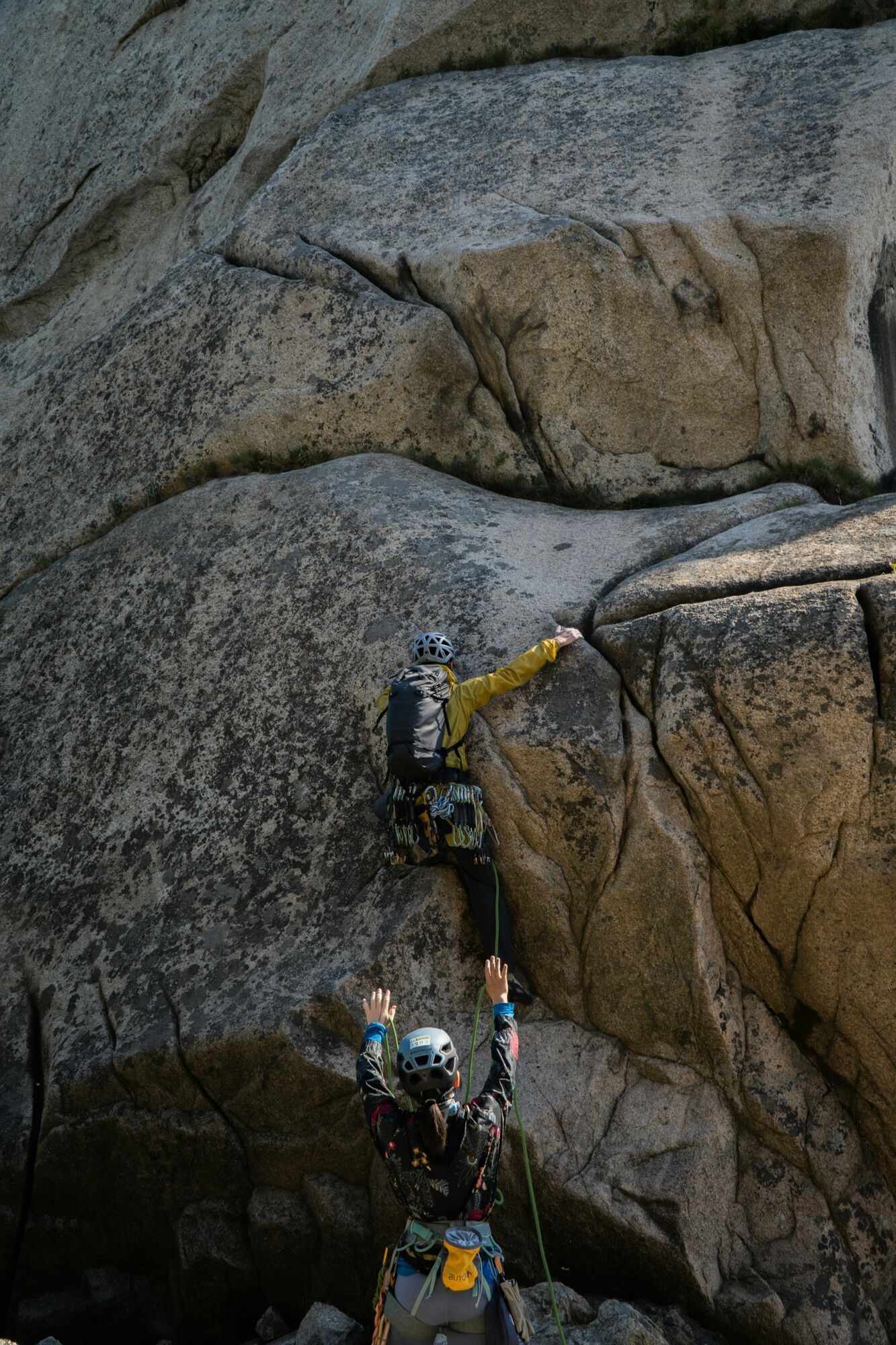
Autumn, however, is when Seoraksan truly shines. As the leaves change to fiery shades of red, orange, and gold, the mountainsides come alive with color, attracting hikers eager to witness Korea’s famed fall foliage. The cool autumn air adds to the perfect hiking conditions, and the scenery becomes a photographer’s dream. Whether you’re exploring the lower trails or scaling one of the park’s peaks, autumn in Seoraksan is nothing short of magical.
Even in winter, when the park’s rugged cliffs and valleys are dusted with snow, Seoraksan offers a quiet, almost mystical experience. Winter hiking may be more challenging due to icy conditions, but for those prepared, the snow-covered peaks and frozen waterfalls create a tranquil, otherworldly atmosphere.
Temples, Waterfalls, and Hidden Wonders
Seoraksan is not only renowned for its hiking trails but also for the cultural and natural treasures hidden within its bounds. One of the most significant landmarks in the park is Sinheungsa Temple, an ancient Buddhist temple nestled at the base of the mountain. This temple, believed to date back over 1,000 years, serves as a peaceful retreat for visitors. The temple is home to a massive bronze Buddha statue, known as the Great Unification Buddha, which stands as a symbol of peace and unification. After a long hike, the serene atmosphere of Sinheungsa offers a perfect spot for reflection and relaxation.
For those looking to explore Seoraksan’s many waterfalls, the Biryong Falls trail is a must-do. This short but scenic hike takes you through a picturesque gorge, where the sound of rushing water guides you to the stunning Biryong Falls, cascading down smooth rock faces into clear pools below. The trail continues to other waterfalls like Yukdam Falls and Towangseong Falls, offering a peaceful escape from the more strenuous climbs.
Practical Tips for Hikers
While Seoraksan offers a range of trails for all experience levels, it’s essential to be well-prepared before setting off on any hike. The park’s more challenging routes, such as the Daecheongbong summit trail, require a good level of fitness, and hikers should be ready for steep climbs and potentially changing weather conditions. Packing sufficient water, snacks, and layers of clothing is essential, especially for longer treks or those aiming to summit one of the park’s peaks.
Seoraksan’s trails are well-marked, but it’s always advisable to start early, as some hikes can take the better part of a day. Hikers are also encouraged to check weather forecasts before embarking on more challenging routes, as conditions in the mountains can change rapidly, particularly in winter.
Entrance to Seoraksan National Park requires a small fee, and certain areas may have restrictions depending on the season, particularly during periods of fire prevention. However, the park is generally open year-round, offering visitors a chance to explore its beauty in every season.
A National Treasure with Global Appeal
Seoraksan National Park isn’t just a beloved destination for South Koreans—it has also earned international recognition for its ecological and cultural significance. In 1982, the park was designated a UNESCO Biosphere Reserve, highlighting the importance of preserving its diverse flora, fauna, and unique geological features. Seoraksan is home to hundreds of species of plants and animals, including some that are endangered, making it a vital conservation area as well as a popular hiking destination.
For international visitors, Seoraksan offers a unique opportunity to explore South Korea’s natural beauty and cultural heritage in one of the country’s most pristine environments. Whether you’re standing atop a mountain peak or admiring the ancient temples, every corner of Seoraksan feels like a place where nature, history, and spirituality come together.


